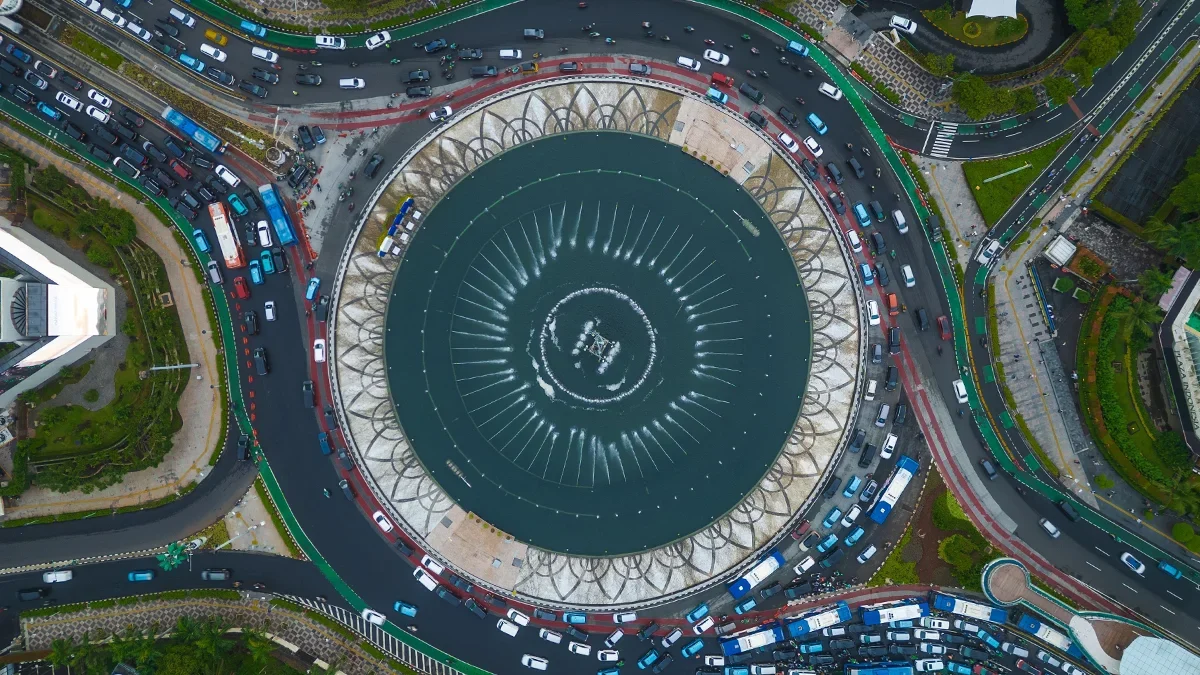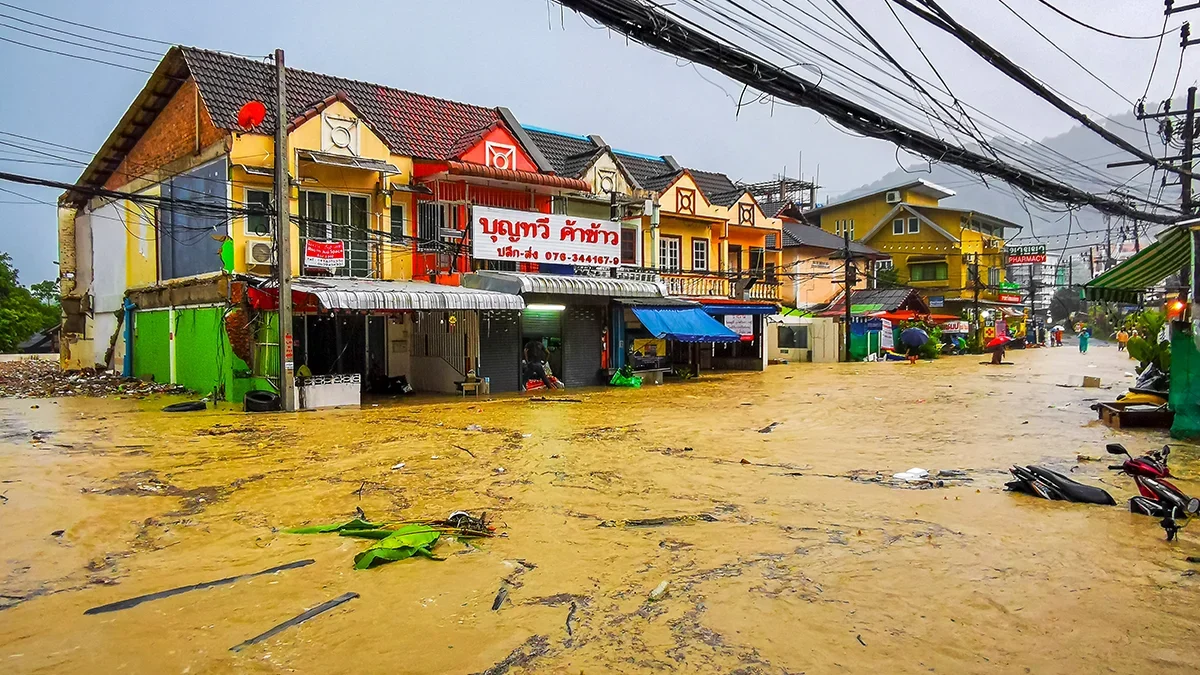(Re)in Summary
• APAC (re)insurers will need to improve disclosure practices due to IFRS S1 and S2 sustainability standards.
• This is likely to lead to more nuanced, location-level risk assessments, which could influence natural catastrophe-related rates and lead to withdrawal of capacity in some regions.
• Implementation timelines for climate-related disclosures vary across APAC, which will also affect insurers’ ability to report consistent and accurate emissions data for external businesses in their supply chain.
• Insurers’ roles as underwriters and investors are affected differently by the standards, with non-life insurers facing more immediate underwriting impacts from climate-related disclosures.
The introduction of IFRS S2 will require Asia Pacific’s insurance industry to improve climate disclosure practices. This change is expected to lead to more region-specific risk assessments, which may result in higher premiums and the potential for capacity withdrawals.
(Re)insurers in APAC will also encounter distinct challenges aligning with the standards, primarily due to a shortage of data across the region’s diverse economies.
The International Sustainability Standards Board (ISSB) introduced the two global reporting standards in June 2023: IFRS S1, which outlines the general requirements for a full set of sustainability-related financial disclosures, and IFRS S2, which is a topic-based standard that details disclosures related to climate.
APAC implementation timelines for these standards vary significantly, with many jurisdictions adopting a phased approach. In Australia, mandatory climate-related financial disclosures under ASRS and AASB S2 took effect on 1 January 2024. Singapore requires listed issuers to report from FY2025, while large non-listed companies will follow from FY2027. Japan is set to begin voluntary adoption in April 2025, and Hong Kong is implementing the standards gradually between 2025 and 2028.
The staggered—and also changing—deadlines for adoption underlines the complexities insurers face, particularly in calculating greenhouse gas emissions. These rely heavily on disclosures from clients and investee companies, which vary in consistency and accuracy.

Graeme Riddell
Climate & Sustainability Consulting Leader at MarshRegardless, amid Asia’s extreme vulnerability to natural catastrophes, IFRS S2’s climate-related disclosures are likely to compel insurers to conduct more thorough risk assessments, which should help provide more specific awareness of physical climate risk exposures.
“This heightened awareness will drive insurers to manage their exposures more effectively, leading to a greater focus on location-level pricing and underwriting,” Graeme Riddell, Climate & Sustainability Consulting Leader at Marsh, tells (Re)in Asia.
“As insurers navigate these high-risk areas, they may increasingly rely on various forms of capital and reinsurance to achieve cost-effective risk transfer,” he adds.

Benjamin Soh
Founder and Managing Director of ESGpediaBenjamin Soh, Founder and Managing Director of ESGpedia, a Singapore-based ESG data and technology company, echoes this view. He says that while the enhanced disclosure requirements can improve pricing decisions, they may also exert upward pressure on rates.
“Asia is recognised as one of the world’s most flood-prone regions, especially Southeast Asia,” Soh says. “Insurers need to accurately quantify this risk and stress test results, so that they can make better underwriting and pricing decisions. It could be that areas with greater exposure to climate risks may face higher premiums.”
Riddell elaborates on the potential impact these changes could have: “In the longer-term, insurability concerns from climate change may prompt insurers to consider increasing restrictions or full withdrawal of capacity for certain regions, which could widen the protection gap in Asia”
Graeme Riddell
Climate & Sustainability Consulting Leader at MarshData challenges remain
In addition to their own climate-related disclosures, insurers will need to become more familiar with businesses in their supply chain.
The IFRS sustainability standards require disclosures on Scope 1, Scope 2, and Scope 3 emissions, which represent direct, indirect, and all other indirect emissions, respectively.
For insurers, Scope 3 emissions—largely derived from underwriting and investment portfolios—present a significant challenge due to the reliance on third-party data. This issue is compounded by the staggered implementation deadlines across Asia, which creates a mismatch between the timeline for insurers to implement their own disclosure reporting and the availability of reliable data on indirect emissions.
Experts say that the staggered implementation deadlines across regions mean that 2029 might be the earliest that consistent, granular disclosures are available. The issue is likely to be exacerbated in Asia, and even more so for smaller insurers, due to the region’s diverse economic landscape and varying levels of data collection and risk assessment practices across different countries.
“These discrepancies could materially affect the insurer’s risk responses and strategic decisions,” says Riddell.
In response, some governments have introduced sponsored initiatives and platforms to assist both smaller insurers and small and medium-sized enterprises (SMEs) in complying with IFRS S1 and IFRS S2. For example, the Monetary Authority of Singapore has supported Gprnt, a digital platform that aims to simplify how the financial sector and real economy collect, access and act upon ESG data.
Balancing dual roles
Given the insurance industry’s dual role as both underwriters and institutional investors, insurers are carefully assessing the level of risk to their business model with the introduction of the new standards.
The impact of the standards weighs differently on businesses, whether they specialise in life or non-life business, which have different weightings on their revenue and profitability streams.

Christopher Au
APAC Climate Practice and Alternative Risk Transfer Solutions Lead at WTW“Life insurers tend to have an investment book designed to match the liabilities arising from their underwriting portfolio, so there is a need to understand how the investment portfolio may be affected,” says Christopher Au, WTW’s Climate Practice and Alternative Risk Transfer Solutions Lead for Asia Pacific.
Despite ongoing research into the effects of climate change on mortality and morbidity, the direct relationship and correlation remain unclear. Au says that the new standards, specifically IFRS S1 and S2, are unlikely to result in significant short-term changes to life insurers’ underwriting portfolios.
In contrast, non-life insurers face more immediate and tangible impacts from climate-related disclosures. “For a P&C insurer, the impact of a more energetic environment is immediate on their underwriting portfolio,” Au explains, highlighting the pressing need for non-life insurers to adapt quickly to the evolving climate landscape.
Au adds that what is common to all institutional investors is that the Asian economy has a higher share of fossil fuels compared to other regions, as well as continued robust economic growth and demographic transformation. These will be key factors that, moving forward, Asia-focused investors will scrutinise, regardless of IFRS requirements.














